While painting is preeminent in the 90-odd works shown in "Collection: The Aesthetics of Contemporary Japan" at the National Museum of Art, Osaka (NMAO), it is mostly peripheral to the better-known Japanese aesthetic concepts.
There is none of the rustic simplicity of wabi-sabi, the court elegance of miyabi, the Edo city chic of iki or the more restrained sui of Kyoto comportment. Nor are there fathomless yūgen depths to plumb, or even the limited-use kawaii. Most Japanese aesthetic concepts are historical and art form-specific. Postwar Japanese painting, it seems, exists in an aesthetic concept vacuum.
All the better then that the NMAO's exhibition nominally attempts to discern the "underlying presence of Japanese aesthetics in contemporary art." But rather than probing analysis, some of what results is merely cultural nationalism. The exhibition overview, for example, touts: "All of the paintings share a uniquely Japanese sensibility that is unlike anything from the West." And this despite the raucously insistent European-American parallels evident.



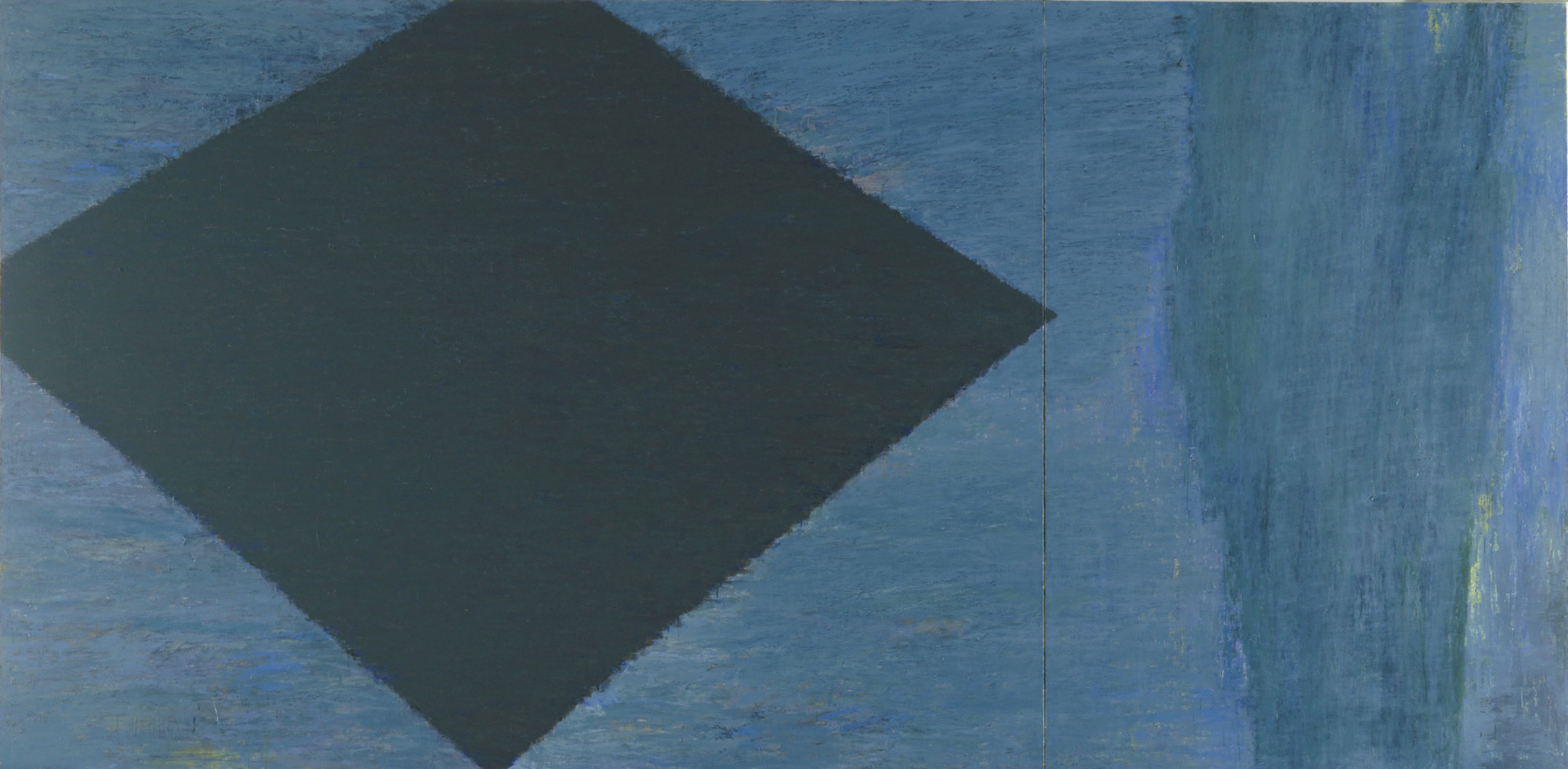
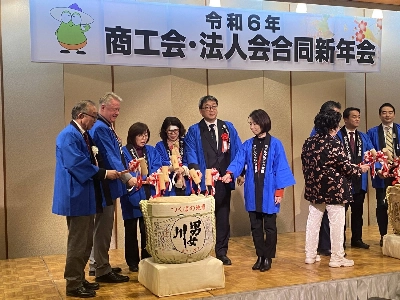



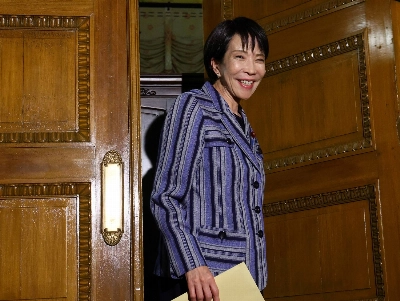


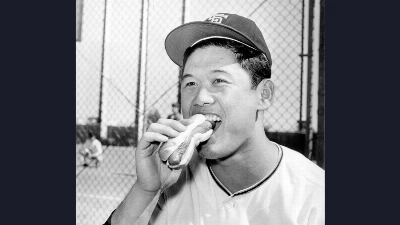

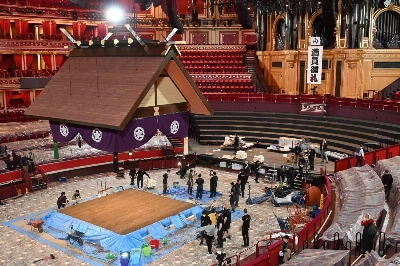





With your current subscription plan you can comment on stories. However, before writing your first comment, please create a display name in the Profile section of your subscriber account page.